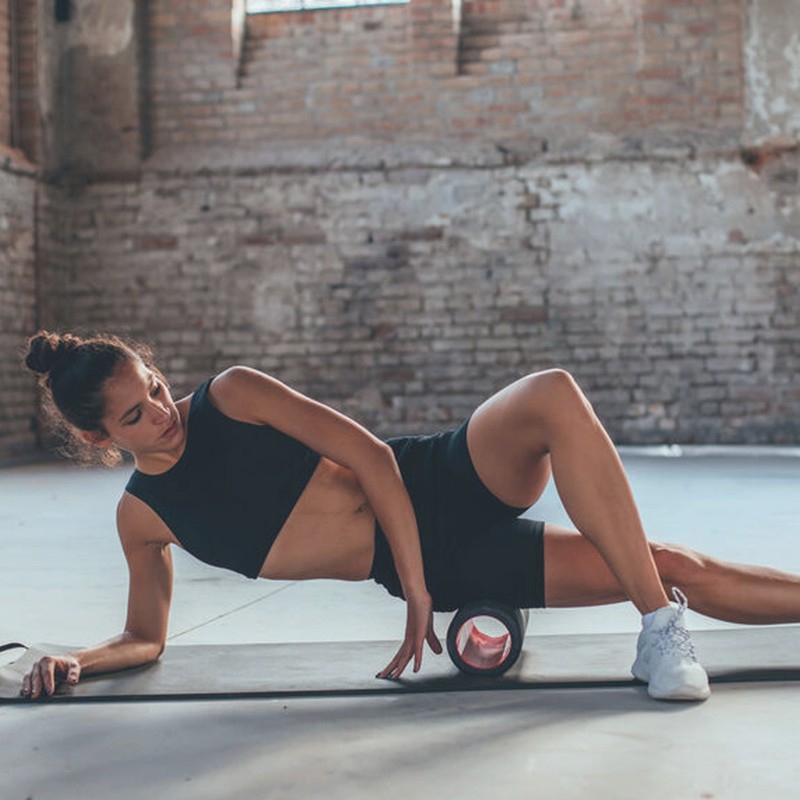How To Use Your Foam Roller Right
When you don’t know what you’re doing, grappling clumsily with a roller is at best awkward and at worst could cause an injury. For the entirely uninitiated, we’re talking about the compressed foam tubes you may have noticed stacked up in the corner of your gym. They’re most commonly used to help athletes – professional and otherwise – to recover from physical activity by massaging the muscles, improving flexibility and reducing the likelihood of injury. Foam rollers can be used on almost any part of the body. Runners with overworked, tight leg muscles often find the hip flexors (outer thigh), calves and quads (back of thighs) particularly beneficial – if painful – areas to work on.
Who could benefit from using a foam roller?
“Everyone: whether it’s after a gym session, relieving tight muscles after a day at the office, or promoting regeneration following injury. Using a foam roller with good techniques to release your body’s tension is great for overall physical recovery and releasing built-up tension in your soft tissues.”
Can it help with flexibility?
“Short answer: yes. It can help with range of movement, as well as ease of movement. Flexibility is the range you have available in your muscles and fascia and across joints. If the tissues surrounding the joint are tight, this can reduce the range available to you – a common factor in ‘stiff neck’ or ‘stiff shoulder’. Once new range is gained from using a foam roller, it is essential to strengthen these new ranges, so you are able to achieve a controlled articulation of the joint, i.e. more controlled movement (mobility) as opposed to simply passive movement (flexibility).”
Do you recommend using them before or after a workout?
“You can use the techniques effectively before, after and – depending on the activity – during your workouts. Integrate foam rolling into dynamic stretches before a workout for an effective warm-up, releasing tension from the day and getting your body into its springiest version possible. After a workout, foam rolling can help with recovery, increasing circulation in the venous system and quieting the nervous system. Thirdly, during a session you may feel tension building to a point that performance can deteriorate – this is when using these techniques can be very useful.
Can foam rolling be effective even if you only have a short window of time?
“Actually, it’s consistency that is key. It is much better to do between two to five minutes on a body part per day, than to do an intense foam-rolling session of 30 minutes once a week. Once you release your muscles they’ll begin to tighten as soon as they’re exposed to gravity and an external load (whether it’s a weight or an hour sitting in a chair). As with all manual therapy techniques, you have a short window of improvement to take advantage of before the muscles and fascia creep back towards their previous position and level of tension. However, repeating the technique again after a day or two’s rest will sustain and add to the effect that you’ve gained.”
What muscles and areas of the body respond best?
“The soleus is generally the release that people respond to best, mainly because so many people allow tightness to develop here. The soleus can be felt and worked on in the lower half of the lower leg, above the Achilles tendon. Once released ,the foot often feels great, mobile and light.”
Why does it hurt so much?
“Pain is often a result of too much pressure being applied to the tissues, irrespective of the source of pressure. Foam rolling and massage should not be a ‘no pain, no gain’ scenario. Gently familiarise your muscles to the pressure being applied to them, using good breathing techniques, and they will gradually reduce in tone and tightness. If massage and soft tissue techniques are agonising, the nervous system can perceive this external pressure as a threat and tighten up further to protect the soft tissues. Discomfort is inevitable; distress is counterproductive.”
How much discomfort is normal?
“As your muscles begin to adjust, they will tolerate deeper pressure without a high pain response. Regular foam rolling with slowly increasing pressures will enable you to better tolerate massages that you previously found too intense. To be safe, always keep it below a 6/10 discomfort and stick to the softer parts of your muscles.”
What mistakes do people commonly make when foam rolling?
“One of the main mistakes I see is not moving the target area on top of the roller skillfully, instead seeing aimless and indiscriminate rolling up and down. For example, if rolling the front of the thigh, it is best to divide it into quarters, to focus on one area at a time using small movements steadily moving through the entire area. Good technique reduces the amount of pressure required to relax the target tissues and also encourages you to spend a little more time on each section, allowing it to relax in sequence.”
Is there any risk involved in doing it on the wrong bit of muscle or body?
“It is possible to apply too much pressure, or for too long, or to ignore a pain response from the body. In this case, it is possible to irritate certain structures. If in doubt, apply consistent and graded pressure to an area that needs attention; slowly breathe in and out; and imagine the muscle relaxing on your exhalation. If there is no reduction in tension or pain after five breaths, move on to another area. There is little value or benefit to rolling heavily over joints.”
Should we go for smooth or spiky rollers? What’s the difference?
“It depends on the density of the materials and the degree of spikiness! Heavy and dense tools can be useful for people with more resilience in their system. To begin, something with a bit of give and a smoother surface will be better, and help your system to respond and relax before progressing. Rollers with ridges and grooves are useful to deliver pressure more accurately to specific locations and it is suggested they allow better circulation on either side of the ridges, rather than compressing everything in the way a smooth roller may. Spiky rollers have a much smaller surface area. This increases the penetration into specific parts of the muscle, which may be too uncomfortable for those with less resilience. It is worth using a ball or a mini-roller to work into areas that require more pressure as they can be used in a more targeted way.”
Does price and quality matter?
“Yes. But perception of a high or low price and its value is a personal thing. Quality of materials and design make a big difference though. At Balance we primarily recommend the Blackroll range as being the most effective at what we consider a reasonable cost – both financial and environmental. We also recommend PulseRoll vibrating rollers and balls.”
It's easy to forget to use a foam roller – how can we remember to keep it up?
“Foam rolling and self-recovery techniques should become a lifestyle habit, and therefore it is best integrated into something you’re already doing consistently. If you’re watching TV, you can roll in the ad breaks. If you’re working on a project, you could take a five-minute break to think while rolling at the same time.”
Finally, do you have any pro tips for getting the technique exactly right?
“Often using a foam roller feels painful because it is performed incorrectly, but also because we allow our tissues to lose their resilience. The three essential points we use to teach foam rolling/recovery techniques are:
POSITION AND PRESSURE: Applying appropriate pressure to the tissues in the best position.
BREATHE: Abdominal breathing via the nose, lengthening the exhale.
MOVE: Adapting tissue length on top of the pressure.
By following these principles, you can effectively reduce the tension in your soft tissues. However, by applying too much pressure, holding your breath and aggressively rolling, you can cause unnecessary discomfort, pain and further tighten the tissues, making it ineffective and a waste of your time.”
Shop Joe’s Recommended Products...
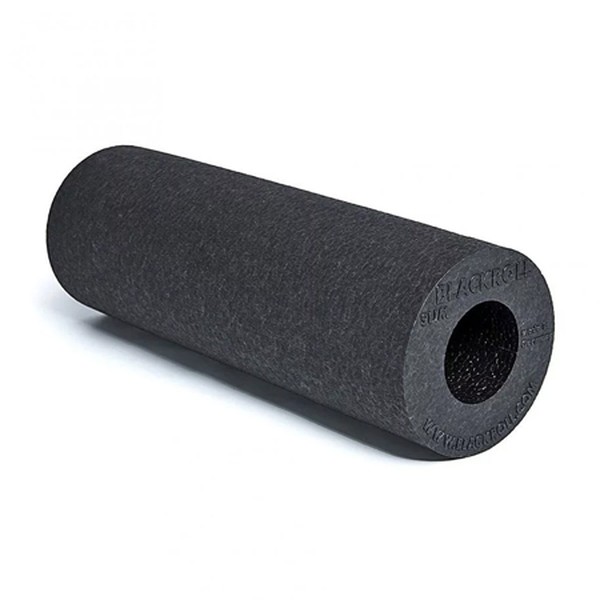
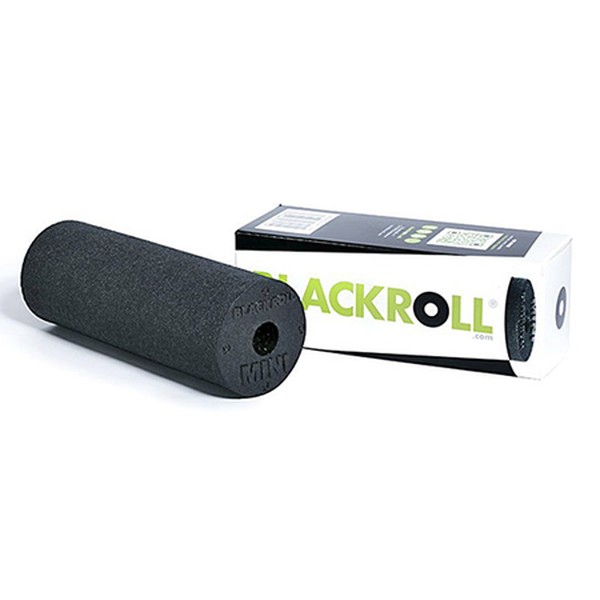
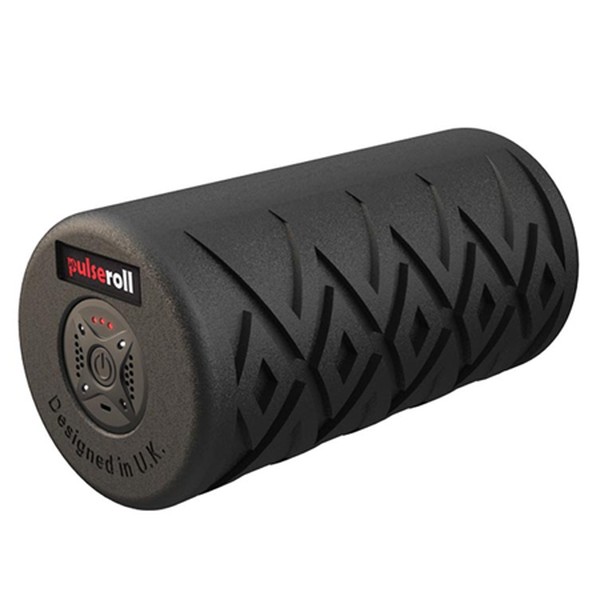
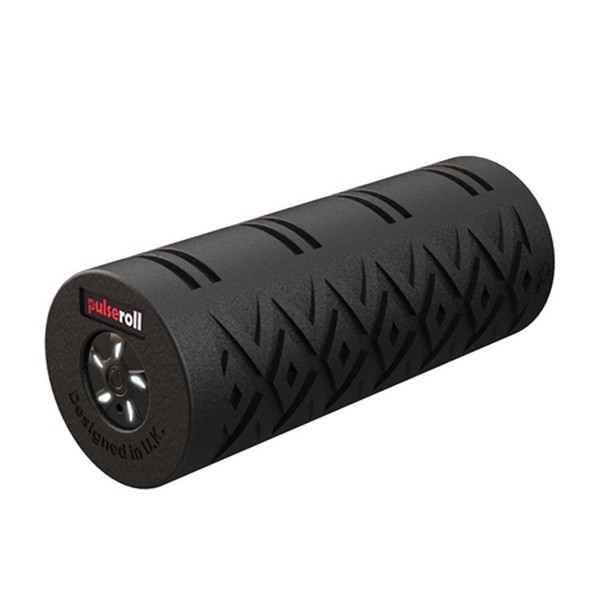
Book free Roll & Recover classes at Balance Performance Physiotherapy’s Clapham clinic here.
DISCLAIMER: We endeavour to always credit the correct original source of every image we use. If you think a credit may be incorrect, please contact us at info@sheerluxe.com.
